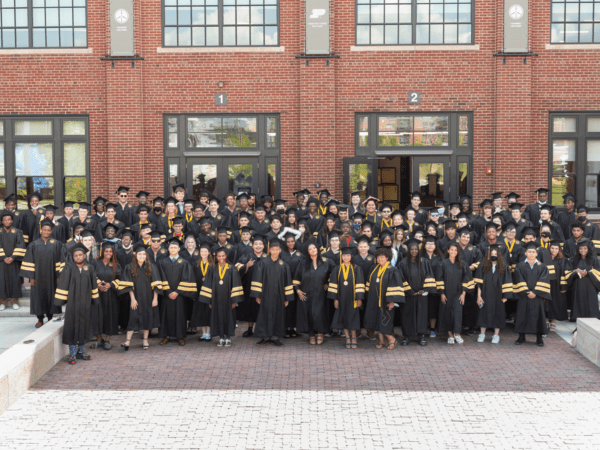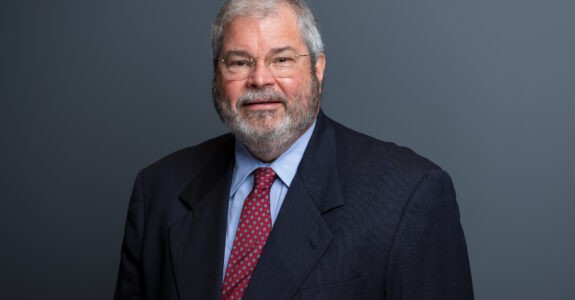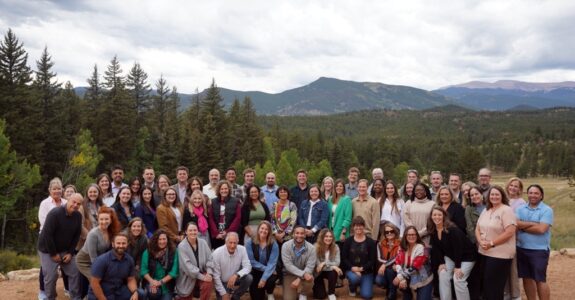Zu wenige schwarze und lateinamerikanische Studenten und Studenten aus Familien mit niedrigem Einkommen in Indianapolis absolvieren eine postsekundäre Ausbildung und schließen diese ab. Dadurch sind sie weniger gut auf den Erfolg in der Wirtschaft des 21. Jahrhunderts vorbereitet. Purdue Universitätin Partnerschaft mit Hochschule für Ingenieure, erstellt Purdue Polytechnic High School (PPHS), um schwarze und lateinamerikanische Schüler sowie Schüler aus Familien mit niedrigem Einkommen besser auf eine Karriere in den Bereichen Wissenschaft, Technologie, Ingenieurwesen und Mathematik (STEM) vorzubereiten. Das innovative Highschool-Modell kombiniert personalisiertes Lernen mit projektbasiertem Lehrplan – einschließlich branchenorientiertem Erfahrungslernen –, um Schülern dabei zu helfen, Karrieren zum Leben zu erwecken. Das intensive Programm ist als Sprungbrett für das College oder als direkter Weg zu einer Hightech-Karriere für Schüler aller Herkunft konzipiert.
Im Jahr 2017 vergab die Richard M. Fairbanks Foundation $1.250.000, um den Start von PPHS zu unterstützen und die Backoffice-Kapazitäten aufzubauen, die zur Skalierung des Modells erforderlich sind. PPHS wurde inzwischen auf drei Standorte erweitert. Die ersten Ergebnisse der Schulen waren vielversprechend, und der erste Abschlussjahrgang mit 113 Schülern umfasste 48 Schüler, die an der Purdue University angenommen wurden, von denen sich die Hälfte als Schwarze oder Latinos identifizierte.



